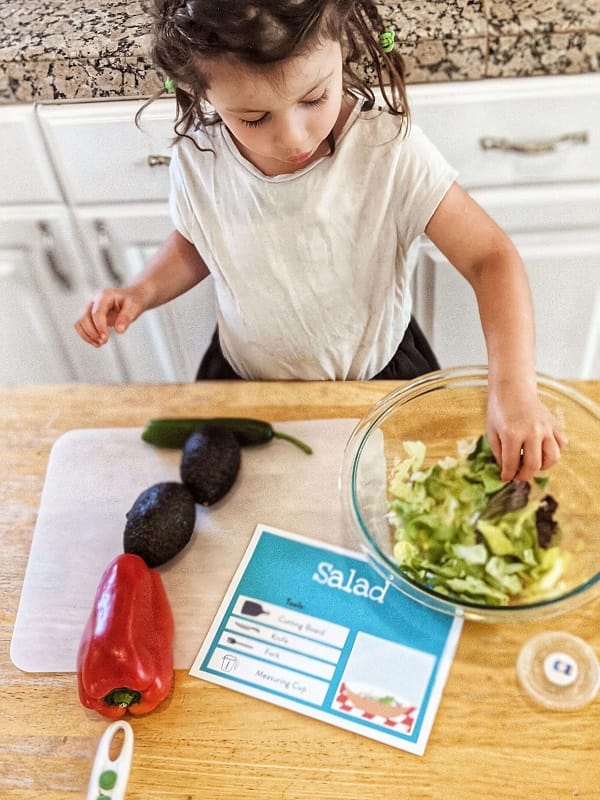Welcome to Smart Substitutions February Edition! This is where we introduce a small change that you can make in your daily cooking habits to create foods that are delicious and a little bit healthier. This month’s feature substitution: Brown Rice.
What:
Brown rice is a whole cereal grain. Specifically, it’s the seed of certain species of grass. As a whole grain, the bran and cereal layers are left intact (They are removed from the grains of white rice.) These extra layers means that brown rice has extra nutrients, like fiber, B vitamins and iron.
Where:
It is found in the rice aisle, or in the bulk bins. Brown rice comes in both short and long grain varieties. Long grain rice is fluffier and the grains remain separate after cooking. Short grain rice sticks together after cooking, so it’s perfect for brown rice sushi.
Why:
The biggest reason to switch is the incredible nutritional advantage that brown rice has over white rice. It’s a great source of many important nutrients that have been stripped out of white rice. It’s also naturally gluten free, so it’s a great source of carbohydrates and fiber for people who can’t eat flour based products.
Cooking brown rice is as simple as boiling water. It does, however, take much longer to cook than its white counterpart. While white rice can be done in 15-20 minutes, brown rice may take twice that long. The method is the same for both: simply bring a pot with your rice and water to a boil, cover and let simmer for the appropriate amount of time. No mixing required.
When:
Whenever you have rice, you can make it brown rice. It makes a perfect base for stew. It’s a great filling for a taco, or component for a rice bowl. You can even substitute it for sushi (just use short grain instead of long grain rice.) Brown rice is a great way to add some extra nutrition to a meal that your family already loves. And chances are, they may not even notice.

